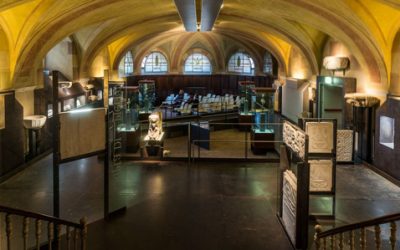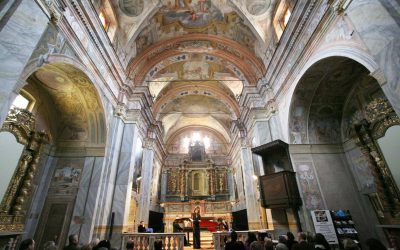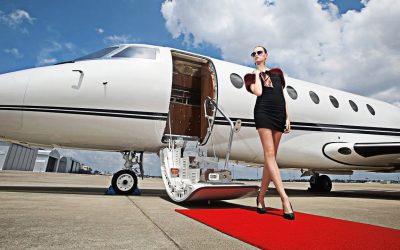Torre Troyana (Troyana Tower) in Asti
Despite its rich history, the tower and its associated palazzo faced trials. By the early 14th century, the Troya family found themselves in the crossfire of an intense feud between the De Castello and Solaro factions. The Troyas, allies of the Solaro, were temporarily exiled from Asti and stripped of their properties. However, within a year, they regained their holdings and initiated renovations that shaped the tower and palace into their current forms. Their renovations included significant architectural changes and the incorporation of unique design elements representative of the Asti region.
What is the Torre Troyana in Asti?
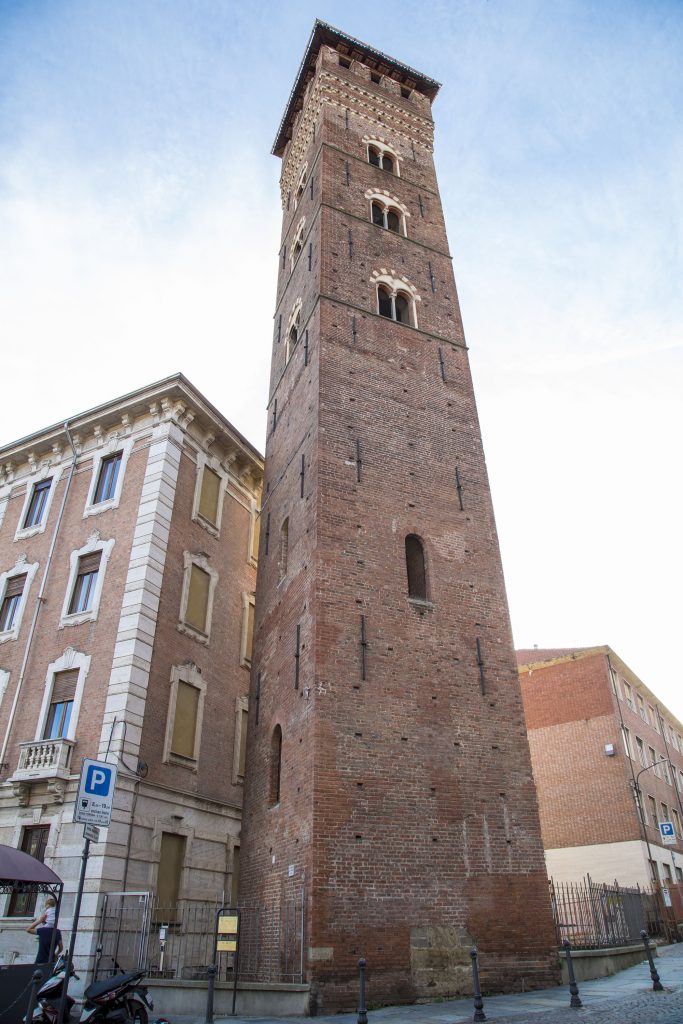
The Torre Troyana, also known as the Troyana Tower, is a 13th-century medieval tower located in the heart of Asti. Standing at 44 meters, it was built during a period when such towers were symbols of wealth and power. Today, it’s distinguished as the only tower in Asti that’s open to the public, offering breathtaking panoramic views of the city. It’s also affectionately known as the “Clock Tower” due to a 19th-century clock addition.
Ownership of the tower and its associated palace transitioned over the years. Following the extinction of the Troya family in the 15th century, it changed hands before being acquired by Emanuele Filiberto, the Duke of Savoy, in 1560. The duke repurposed the tower for public use, marking the hours with a bell. Interestingly, this bell, dated back to 1531, is one of the oldest in the entire Piedmont region.
Torre Troyana (Troyana Tower) in Asti:
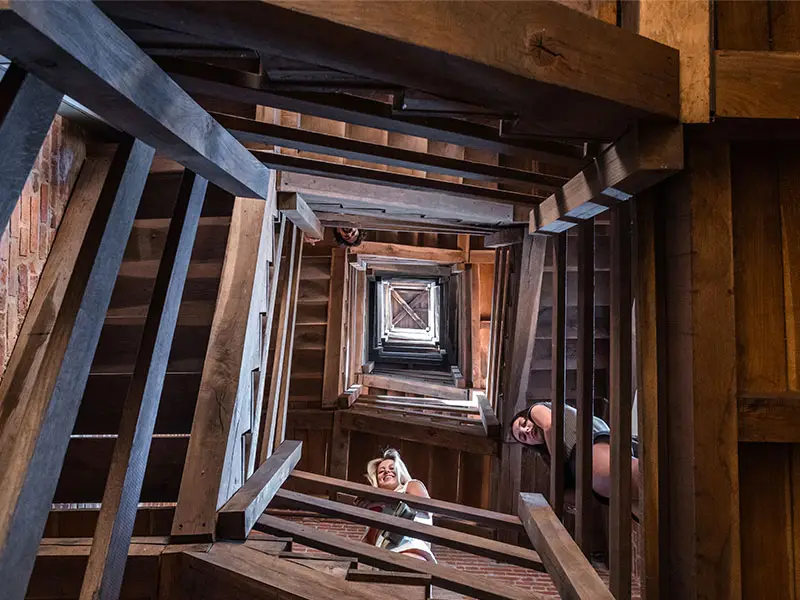
The Torre Troyana in Asti holds historical significance as a symbol of medieval power dynamics. Originally constructed as a defensive bastion and a symbol of dominance, it later served various civic roles. Notably, it’s the only publicly accessible tower in Asti, allowing visitors a glimpse into the city’s storied past and offering unparalleled views. Its 19th-century clock addition further adds to its prominence as a city landmark.
1. Opening Hours:
- Martedì-domenica (Tuesday to Sunday): 10:00 AM – 7:00 PM
- Last entry is at 6:00 PM.
- Please note: The tower is closed annually from November 1st to March 31st due to safety reasons.
How to visit the Torre Troyana in Asti?
The Torre Troyana stands as a significant testament to Asti’s medieval past. Erected in the 13th century and affiliated with the Troya family, this tower is strategically positioned to highlight the family’s prominent role in the social fabric of the city. The Troya family, known for their flourishing money-lending business across Europe, built the tower to showcase their wealth, with its height even surpassing the city’s then-standing restrictions.
Torre Troyana in Asti offers visitors a glimpse into the city’s medieval history. Open from Tuesday to Sunday between 10:00 and 19:00, with last entry at 18:00. During June, July, and August, it’s open all week. Tickets range from €3 to €10, with reduced rates for certain groups. Guided tours are also available on reservation.
Location:
- Address: Piazza Medici, 6, Asti.
Torre Troyana Entry Fee
| Category | Details |
|---|---|
| Opening Hours | |
| Regular Hours | Tuesday-Sunday: 10:00-19:00 (Last entry at 18:00) |
| Monday | Closed |
| Special Opening (June, July, August) | Open every day 10:00-19:00 |
| Tickets | |
| Unified Ticketing | Palazzo Mazzetti, C.so Vittorio Alfieri, 357 |
| Full Price (All sites in Smarticket) | € 10,00 |
| Full Price (Single site) | € 5,00 |
| Reduced (over 65, under 18, university students) | € 8,00 |
| Reduced (residents of Asti and province) | € 5,00 (all Smarticket sites) |
| Groups (all sites, minimum 15 people) | € 8,00 |
| Groups (single site, minimum 15 people) | € 5,00 |
| Schools (all sites) | € 8,00 |
| Schools (single site) | € 3,00 (includes guided tour for Palazzo Alfieri) |
| Schools (single site with guided tour) | € 5,00 |
| Schools (single site with tour + workshop) | € 8,00 |
| Complimentary Admission | Children under 6, disabled with guide, accredited journalists, etc. |
| Guided Tours (Reservation Only) | |
| Reserved Tour (1 hour) | € 60,00 (maximum 6 participants) |
| Reserved Tour (2 hours) | € 120,00 (maximum 6 participants) |
| Group Tour (single site, excludes entry fee) | € 8,00/person (minimum 15 people) |
| Educational Workshops | |
| Extracurricular Activities | € 8,00 |
| Museum Education | € 25,00 (3-session course) |
- [Please check the official website or contact the local tourism office for the most updated ticket prices.]
What to Expect:
- A Breathtaking View: Once you climb the 199 steps, you’re rewarded with a stunning panoramic view of Asti.
- Historical Significance: The tower not only offers a view but also tells a tale of the city’s rich history, particularly of the powerful Troya family.
- Architectural Marvel: Admire the tower’s distinctive architectural features, including bifore windows and brick and sandstone arches.
5. Accessibility:
- Given its historical nature, the tower might not be suitable for those with mobility issues due to the stairs.
Additional Tips:
- Wear Comfortable Shoes: The climb might be strenuous for some, so ensure you’re wearing suitable footwear.
- Visit during Sunset: For an even more spectacular view, try visiting the tower during sunset.
- Check for Special Events: Occasionally, local events or festivities might affect visiting hours. It’s a good idea to check ahead.
Origin & Construction:
Erected in the 13th century, the Torre Troyana stands proudly in the heart of Asti, bearing witness to the city’s medieval past. This tower, built during a time when towers symbolized the wealth and dominance of the families or factions behind them, remains an enduring testament to the medieval power dynamics of the region.
Features & Architecture:
Standing at an impressive 44 meters, the tower offers visitors a breathtaking panorama of Asti’s urban landscape. Constructed predominantly of brick, its design epitomizes the functional and practical architecture of medieval military edifices. The 19th-century addition of a clock has also earned it the moniker “Clock Tower.”
Historical Significance:
Over the centuries, the Torre Troyana has played various roles. Initially a status symbol and defensive structure, it later took on more civic functions. Its prominent height and position made it a strategic point during periods of conflict, especially during the struggles between the Guelphs and Ghibellines.
In later centuries, as the political and military landscape of the region evolved, the tower lost its defensive significance but remained an iconic landmark of Asti.
Present Day:
In modern times, it has become a popular tourist attraction. Visitors can climb to the top for a small fee and enjoy panoramic views of Asti and the surrounding countryside. The tower’s history, combined with its vantage point over the city, makes it a must-visit for anyone traveling to Asti.
Asti itself has a rich history, with its origins going back to pre-Roman times. Over the millennia, it has seen conquests, power struggles, and periods of prosperity, especially during the Middle Ages when it was a free commune. The Torre Troyana is a tangible relic from this storied past, standing tall as a witness to centuries of change.


